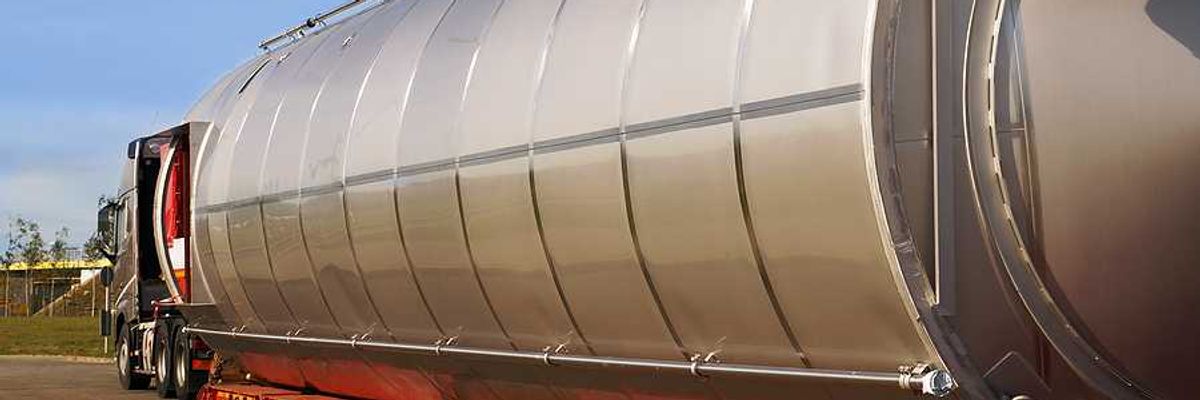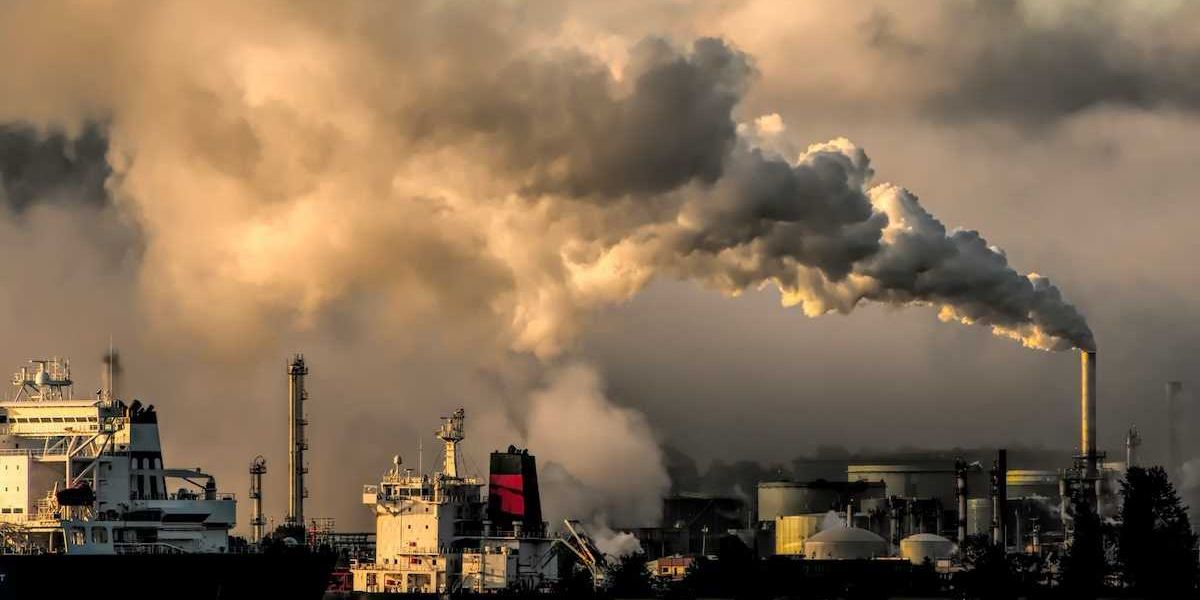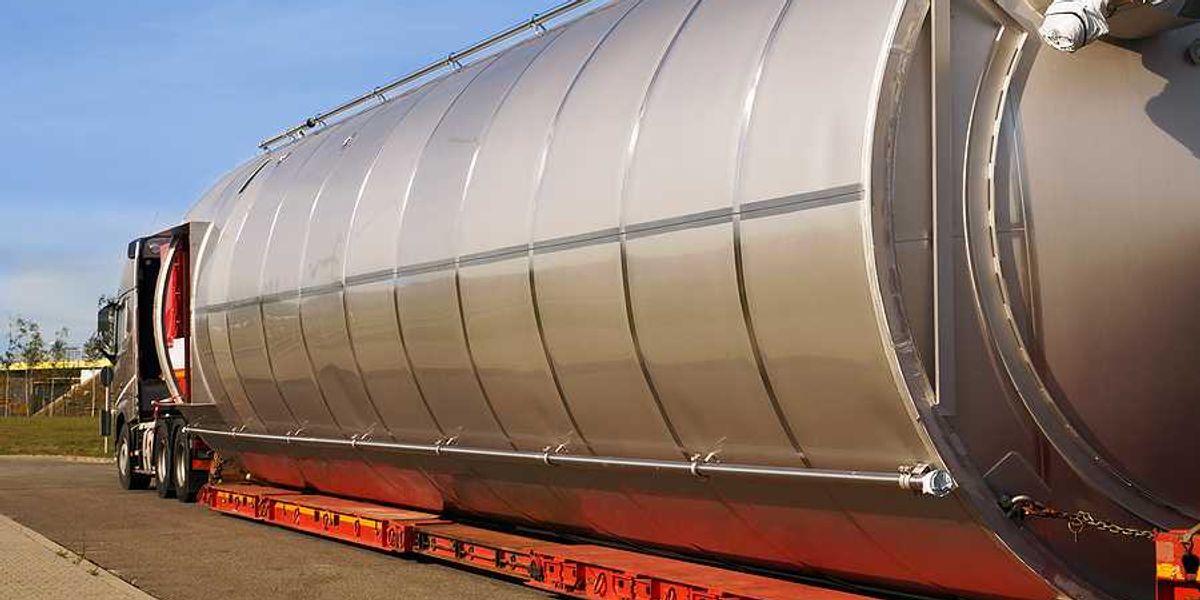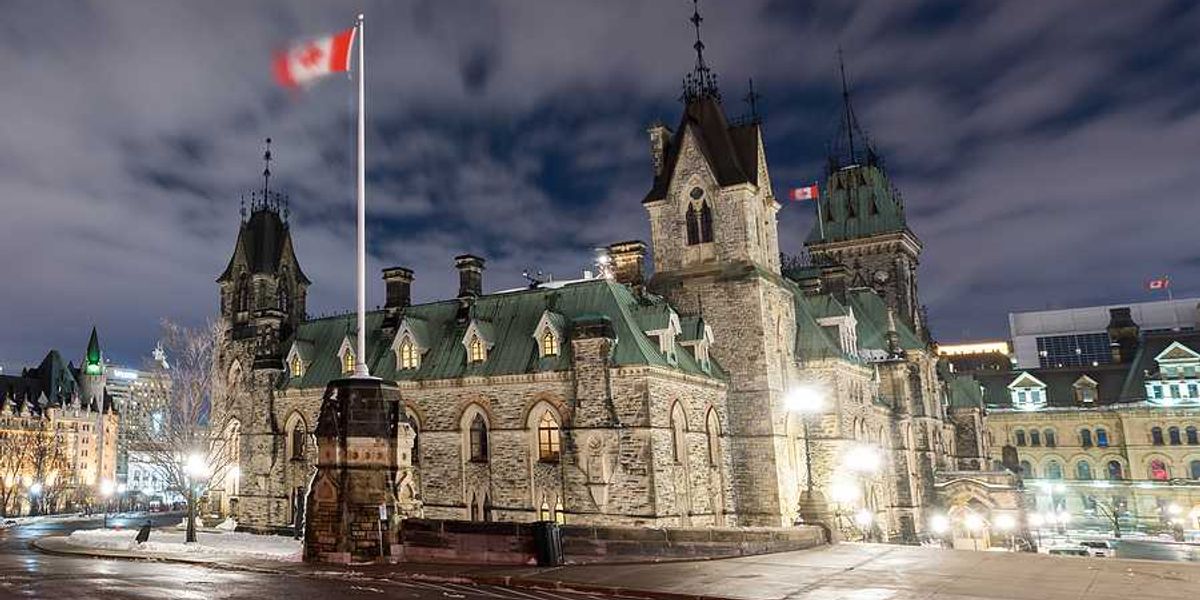geothermal energy
Big Oil partners with clean energy to advance geothermal energy
Major oil companies are joining forces with startups and scientists to use oil industry technology to accelerate geothermal energy, which could become a key source of clean, on-demand power.
In short:
- Oil companies and startups in Houston are exploring ways to apply oil drilling technology to geothermal energy production.
- The Department of Energy projects geothermal could power 260 million homes by midcentury with the right investments.
- The new Geothermal Energy from Oil and Gas Demonstrated Engineering (GEODE) consortium aims to tackle barriers to scaling geothermal, including financing and technical challenges.
Key quote:
“There’s a lot of technical resources in the oil and gas industry that can be systematically applied to the geothermal sector.”
— Tim Latimer, CEO of Fervo Energy
Why this matters:
Geothermal energy could play a vital role in the shift to renewable energy by providing consistent, zero-carbon electricity. Collaboration between the oil industry and clean energy startups could accelerate breakthroughs needed to overcome current technical and financial obstacles.
Related EHN coverage:
Meta taps geothermal energy to power its data centers
As data centers consume more power, Meta and Google are turning to enhanced geothermal energy to meet their clean energy needs.
In short:
- Meta partnered with Sage Geosystems to develop a 150-megawatt geothermal energy project in Texas using advanced fracking techniques.
- Google is collaborating with Fervo Energy on a 5-megawatt pilot geothermal plant in Nevada, with plans for larger projects in Utah.
- Enhanced geothermal is gaining traction as a reliable, emissions-free energy source that can complement wind and solar power.
Key quote:
“It’s basically the same fracking technology. The difference is that we’re going after clean heat instead of hydrocarbons.”
— Cindy Taff, CEO of Sage Geosystems
Why this matters:
Enhanced geothermal could provide a consistent, clean energy source for power-hungry data centers. Its success may help reduce the tech industry’s reliance on fossil fuels.
Related:
Networked geothermal systems could transform urban energy use
Geothermal energy, a stable and sustainable resource beneath our feet, is gaining attention as U.S. utilities explore its potential to replace natural gas in heating and cooling buildings.
In short:
- Geothermal systems use the Earth's consistent underground temperature to heat and cool buildings efficiently, reducing greenhouse gas emissions associated with natural gas use.
- Eversource Energy has launched the first U.S. networked geothermal neighborhood in Framingham, Massachusetts, signaling a shift in how utilities approach energy distribution.
- Networked geothermal systems are highly efficient, with a coefficient of performance (Cop) of 6, compared to less than 1 for gas furnaces, offering a promising alternative for energy sustainability.
Key quote:
“If you’re in a situation where you’re going to need to upgrade your pipe anyway, or replace it, you maybe think about: do I replace it instead with a pipe that doesn’t require fuel, and it’s naturally replenishing energy from the ground?”
— Holly Braun, business development and innovation manager at NW Natural
Why this matters:
Transitioning to geothermal energy could significantly reduce carbon emissions from buildings, which account for a third of the U.S.'s greenhouse gas emissions. As utilities face regulatory pressures to phase out natural gas, networked geothermal offers a cleaner and potentially safer alternative.
Fracking technique advances clean energy
A new deal between Southern California Edison and Fervo Energy leverages fracking technology to harness geothermal energy for carbon-free electricity generation.
In short:
- Fervo Energy uses fracking to extract underground heat for geothermal power, offering a cleaner energy alternative to fossil fuels.
- The enhanced geothermal plant, operational by 2028, will add 400 megawatts of carbon-free electricity to the grid.
- This technology can operate continuously, providing a reliable clean energy source unlike solar or wind.
Key quote:
“It shows the important role that geothermal is going to play on the grid as a 24/7 carbon-free energy resource.”
— Tim Latimer, CEO of Fervo Energy
Why this matters:
Enhanced geothermal energy can significantly reduce greenhouse gas emissions and provide stable, continuous power. This innovation supports the shift towards a sustainable energy future, mitigating the impact of climate change.
Paris repurposing landmarks in quest for green Olympics
The Paris Olympics promises minimal new construction, using the city's iconic landmarks to create sustainable and visually stunning venues for the Games.
In short:
- Paris uses temporary structures and existing landmarks, like the Eiffel Tower and Palace of Versailles, to host Olympic events.
- Significant green upgrades include 250 miles of new bike lanes, metro extensions, and 300,000 new trees.
- The renovated Olympic Village and venues feature eco-friendly designs, although some projects have faced criticism.
Key quote:
“We have transformed public spaces, public transport, the river – without the Games, it could have taken a decade or two more.”
— Emmanuel Grégoire, former Paris deputy mayor for urban planning
Why this matters:
Ultimately, the success of Paris 2024 will be judged not only by the medals won and records broken but also by its ability to pioneer a new era of environmentally responsible global events. Paris’s ability to balance grandeur with green principles could set a new benchmark for future Olympics and other international gatherings. Read more: Life after carbon: The next global transformation of cities.
New geothermal systems may be key to sustainable buildings
A new networked geothermal system in Framingham, Massachusetts, shows promise in reducing greenhouse gas emissions by using the Earth's stable temperature to heat and cool buildings efficiently.
In short:
- Eversource Energy launched the first U.S. networked geothermal neighborhood in Framingham, utilizing geothermal heat pumps to serve 36 buildings.
- Geothermal systems provide a stable, efficient alternative to gas heating, with a “coefficient of performance,” or COP, of 6 compared to gas furnaces’ less than 1.
- The network's modular design allows for scalable implementation, potentially transforming utilities from gas suppliers to thermal energy providers.
Key quote:
“Every building sits on a thermal asset. I really don’t think there’s any more efficient or better way to heat and cool our homes.”
— Cameron Best, director of business development at Brightcore Energy
Why this matters:
Geothermal energy offers a sustainable solution to decarbonize buildings, a sector responsible for about a third of U.S. greenhouse gas emissions. Widespread adoption of this technology could significantly reduce reliance on fossil fuels.
Massachusetts town pilots geothermal heating and cooling system
A neighborhood in Framingham, Massachusetts, is implementing a pilot program to connect homes and businesses to a communal geothermal heating and cooling system.
In short:
- The new system aims to reduce energy bills by 20% on average for participants, despite switching from natural gas to electricity.
- The geothermal system uses an underground loop filled with water and antifreeze to transfer heat, with each home having a heat pump to regulate temperature.
- The project could serve as a model for similar initiatives, supported by local emissions laws and utility company Eversource’s net zero goals.
Key quote:
“As soon as they told me about it, I bought in 100%.”
— Jennifer Mauchan, local resident
Why this matters:
Adopting communal geothermal systems can significantly reduce greenhouse gas emissions and lower energy costs. If successful, this model could be replicated in other communities, aiding broader efforts to combat climate change and promote sustainable energy use.









